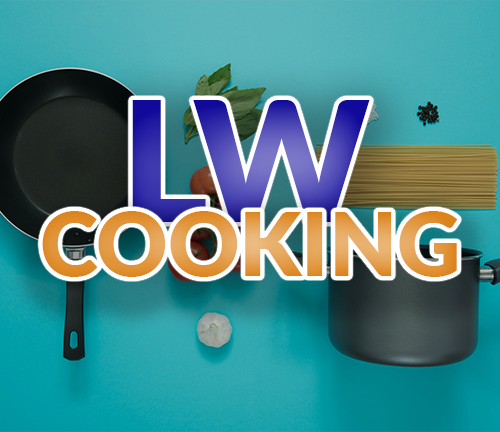Recently I’ve been buying a few cookbooks from the thrift shop. Saves money over getting the new ones, saves second-hand goods from being tossed, and does the job I need in finding recipe ideas.
One of the cookbooks I got is a cookbook on pasta sauces. I’ve been holding off on making pasta until I could portion the servings properly, and I recently just got a portioning tool to help me with that. However, when I wanted to try a recipe from the book, I found surprisingly that the recipes called for fresh tomatoes.
Now, the cookbook is by no means new, seeing how the publication date is 1987. From what I’ve heard, canned tomatoes are actually preferred over fresh, though I can’t recall the reasoning as to why. I was curious about whether culinary knowledge has evolved since the publication of this book where common practice has changed to prefer canned tomatoes over fresh, or if the differences I’ve heard about are unfounded or incorrect.
On top of that, I was curious about other aspects. Would making pasta sauce with fresh tomatoes (namely Roma tomatoes) be cheaper than using canned? Also, since I’m trying to be more environmentally conscious, would canned tomatoes have a higher carbon footprint than fresh, or would the differences be negligible?
Thanks in advance! I likely won’t be able to respond to comments right away, but I do appreciate any and all help.


I had a few tomato plants do well in the garden this year. With a pretty good amount of San Marzano, Cherry, and Early Girl tomatoes, juicing and reducing was the only practical way to deal with them. To do it efficiently I like to use a tomato juicer (mine looks something like this). I put the juice in a pot on the stove for an hour or two to reduce it to a sauce. It takes a little time, but if you have a bunch of ripe tomatoes you can make a banger of a sauce. Throw in some Italian herbs, salt, and a few hot pepper flakes and you’ve got my favorite sauce. I’ve been eating that on ravioli for a few weeks now and I think it’s great: sweet (from the cherry tomatoes) and full of flavor.
As far as efficiency goes, it does take some energy if you just evaporate the watery part on the stove. You could also let the water separate out from the tomatoes and just drain it off. That should make the reduction much faster.